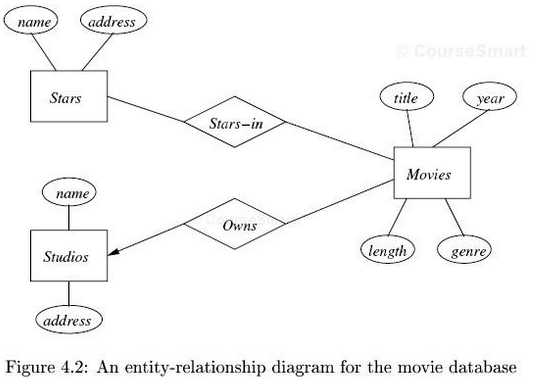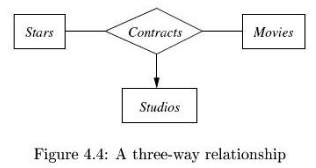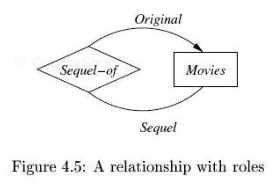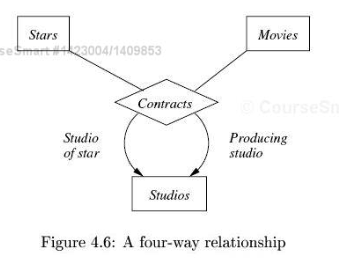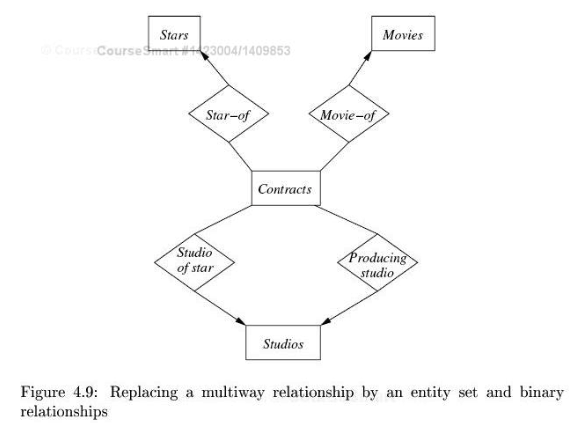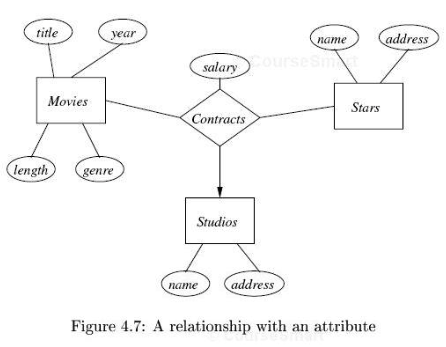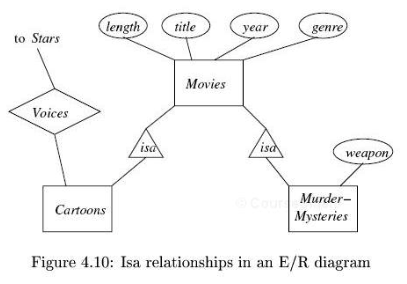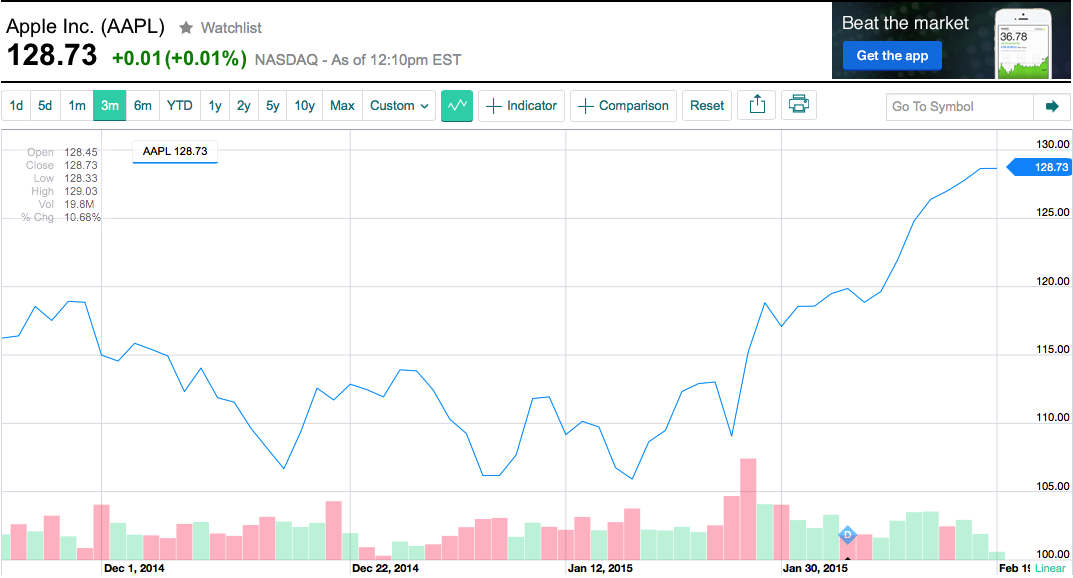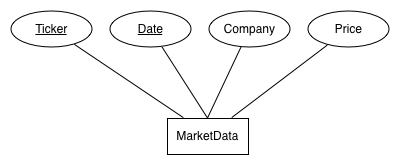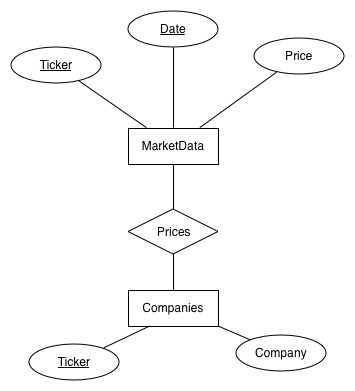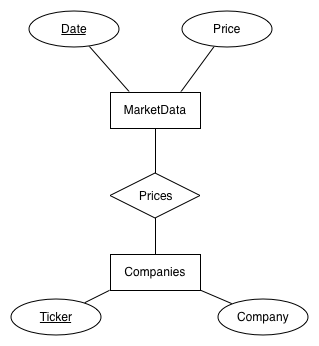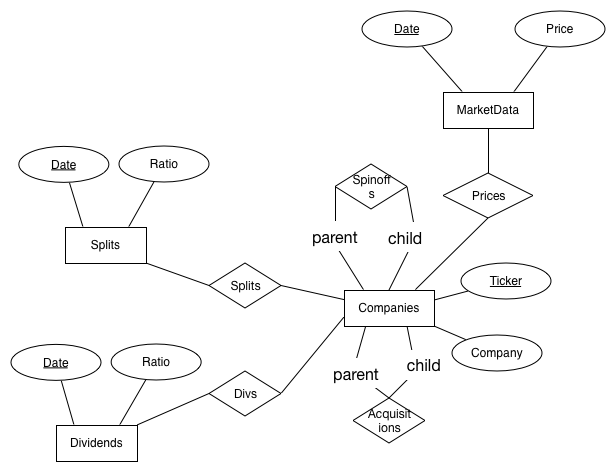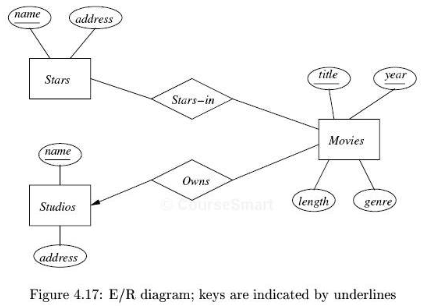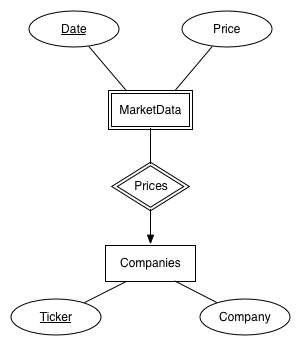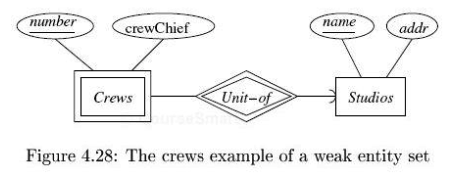About this Chapter
- The focus of this chapter is on modeling the real world using database schemas
- So we have a specific real-world situation
- The goal is to find a schema that can be used to describe this situation
- Remember, all we have to work with is tables!
- That's bad, because the real world is much more complex than a bunch of tables
- In practice, we use higher-level data models
- The reason is that we want to have more flexibility during modeling
- So we want more powerful languages to describe the real world, but still be able to convert designs into a relational schema
- Among the choices are Entity-Relationship (E/R) Diagrams, the Unified Modeling Language (UML), and the Object Description Language (ODL)
